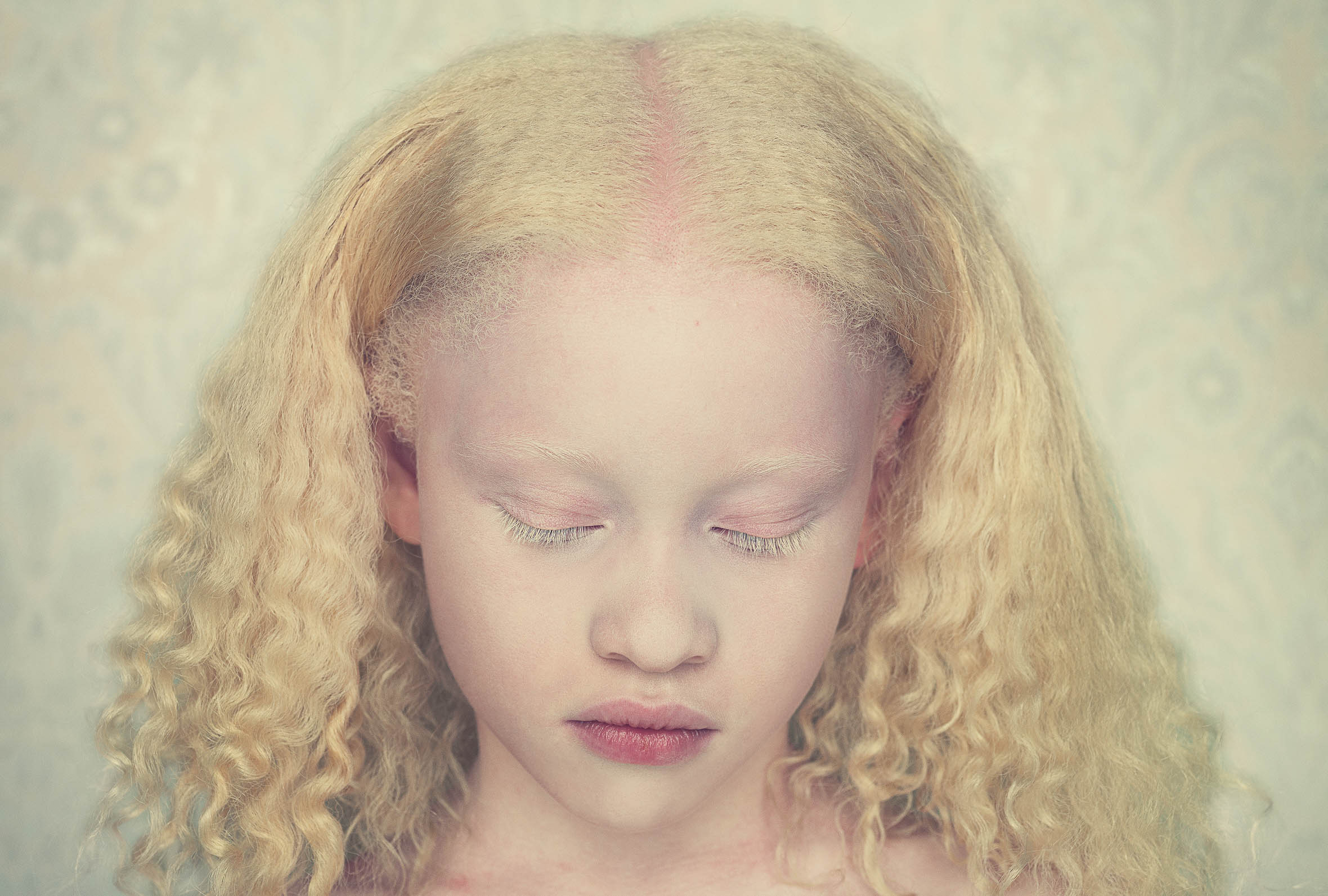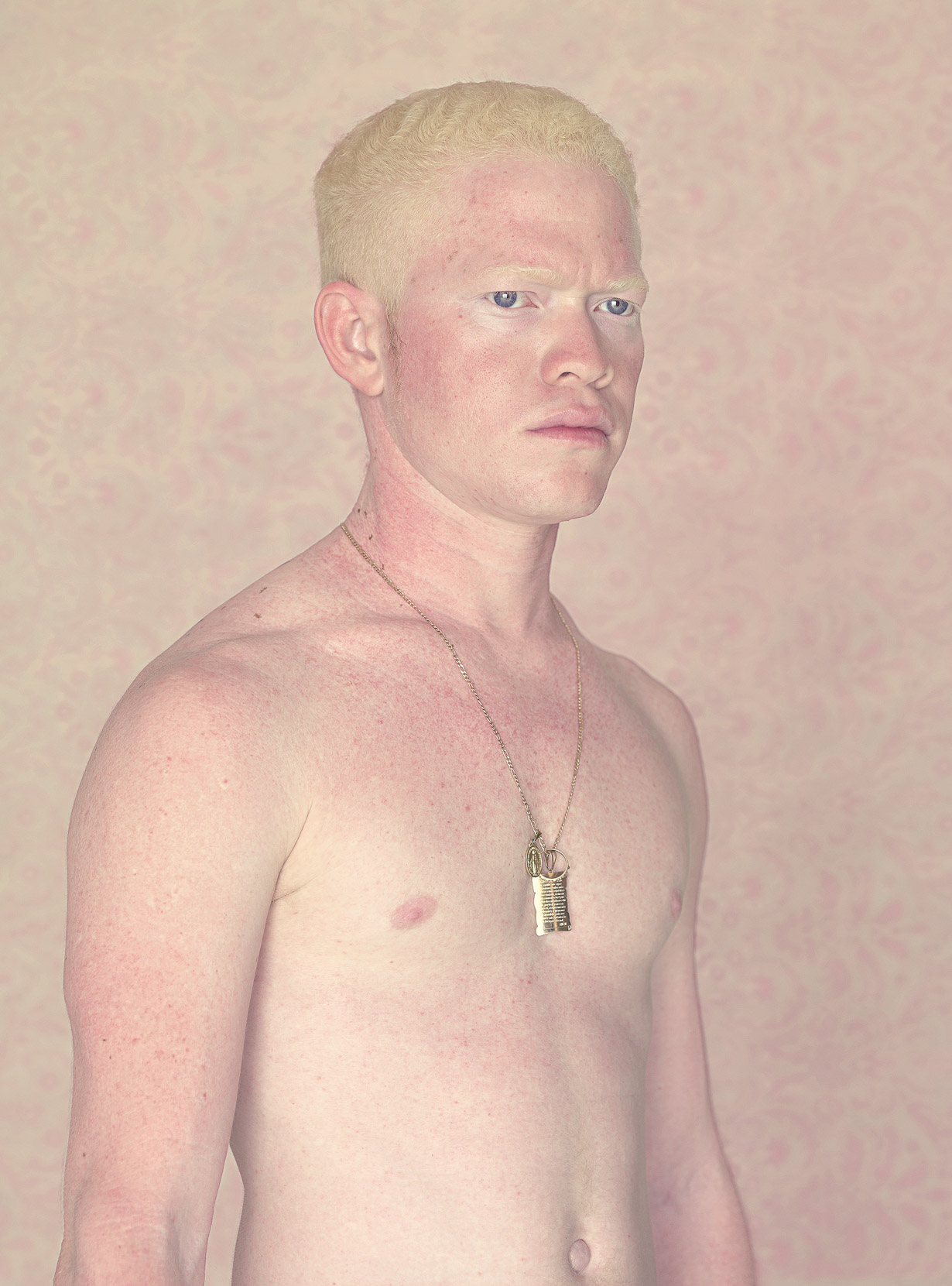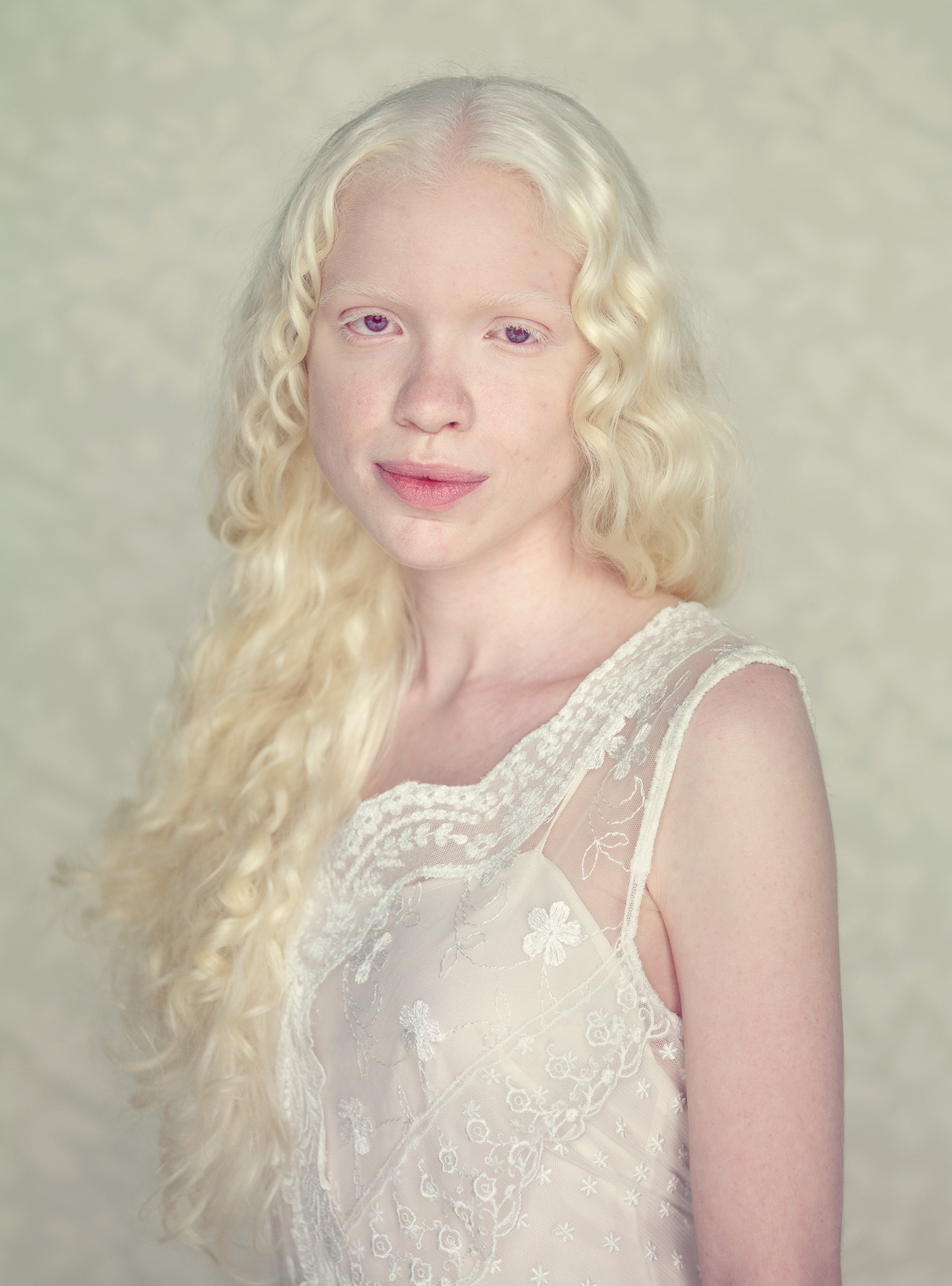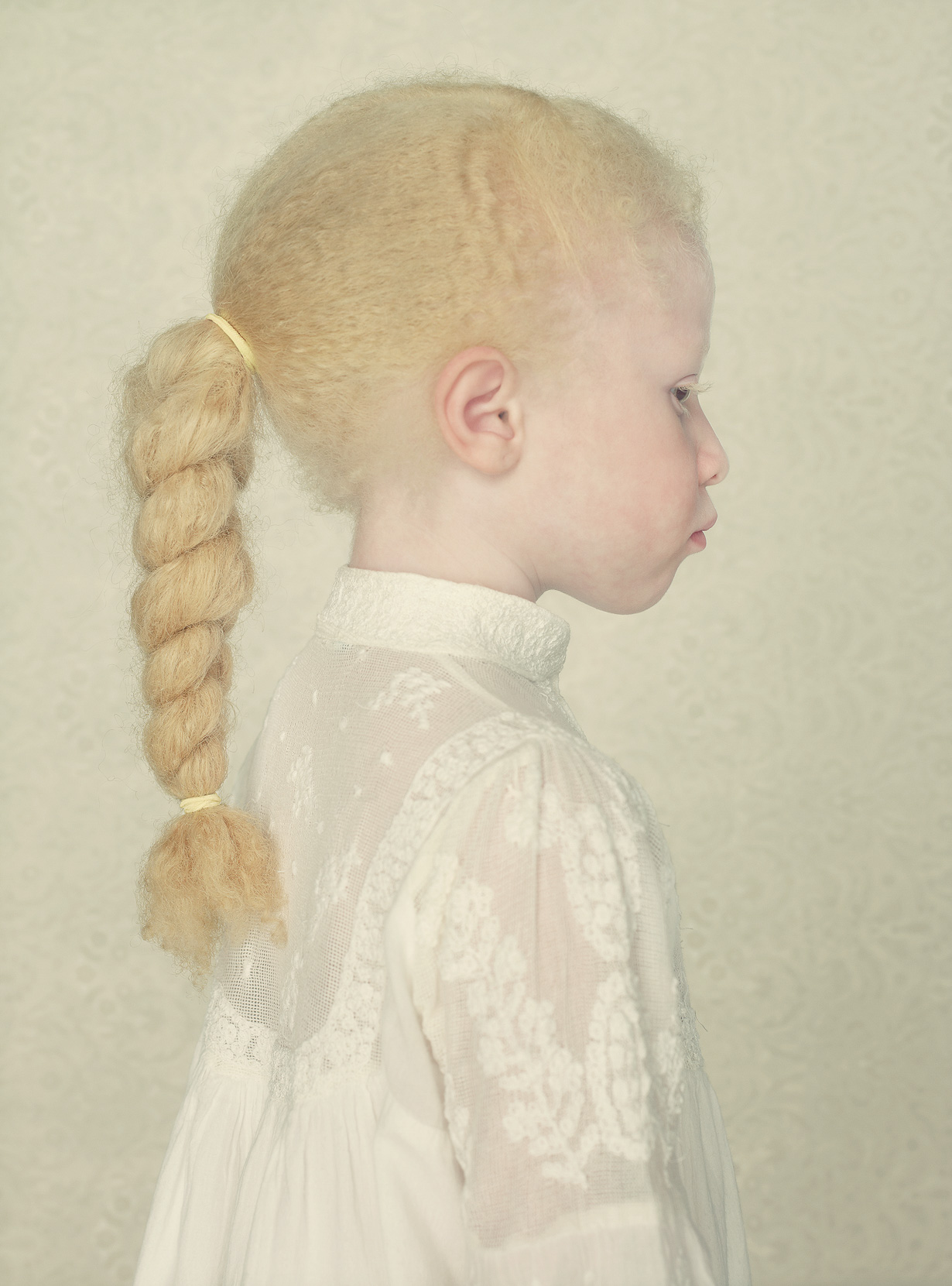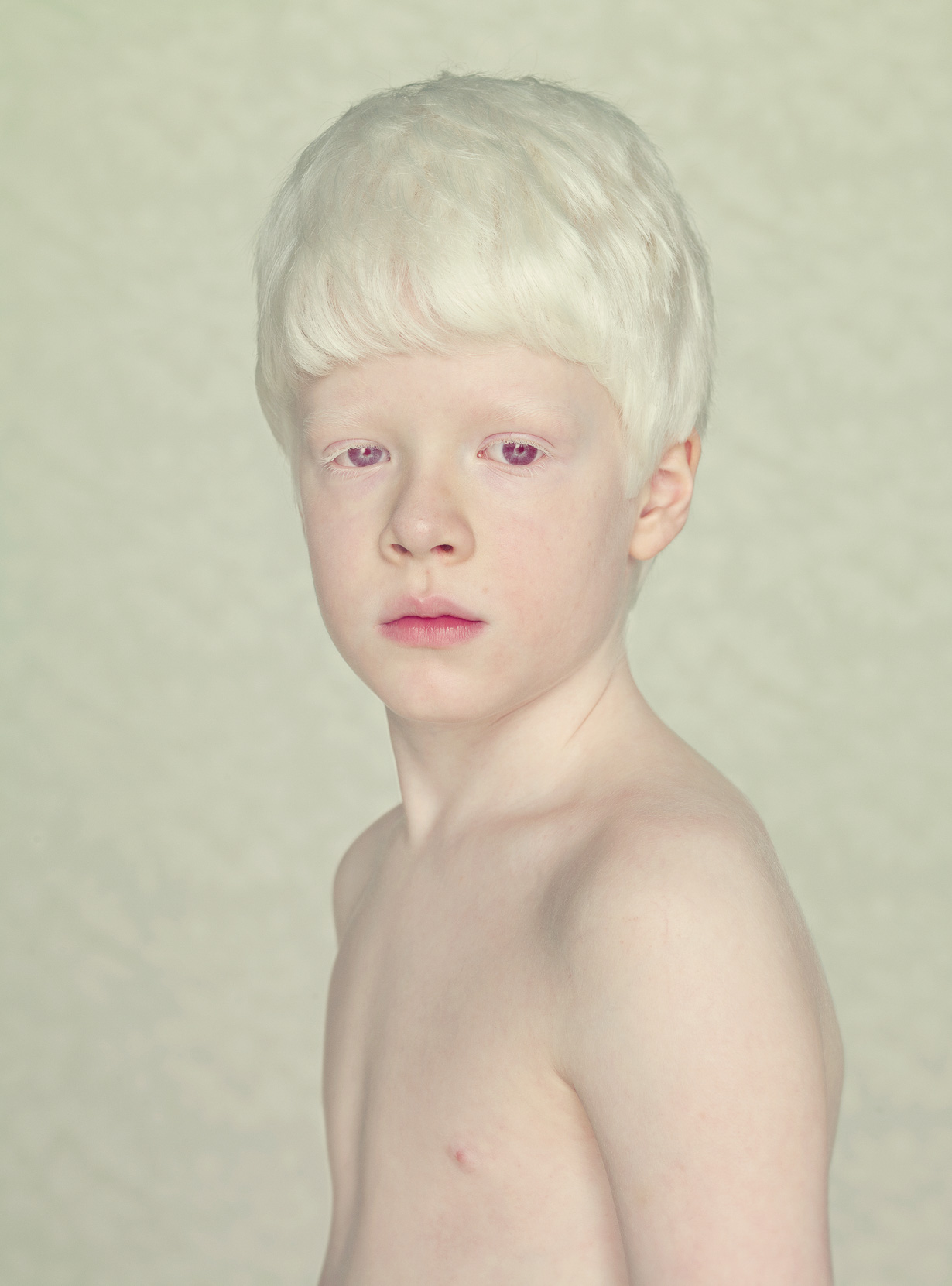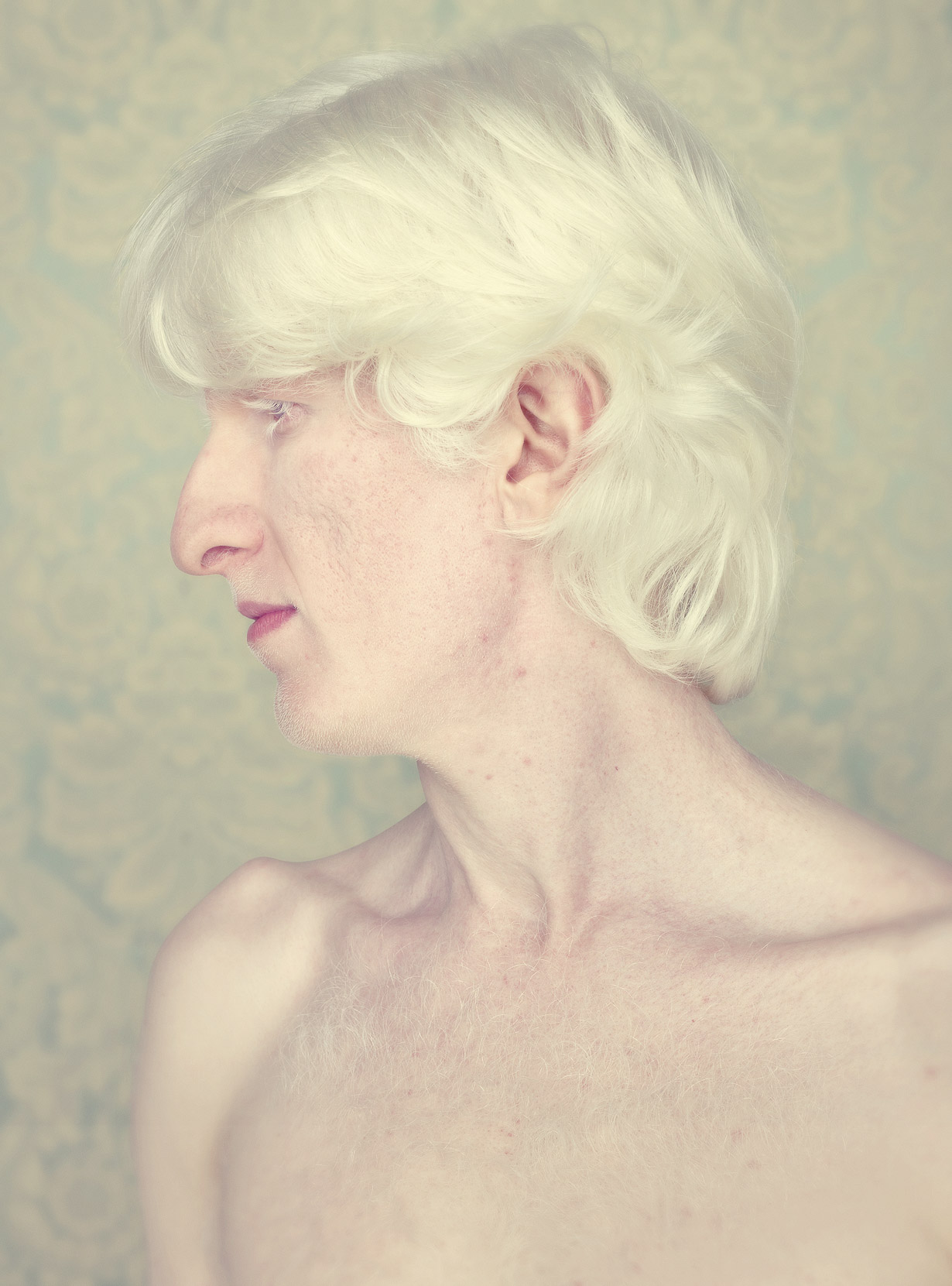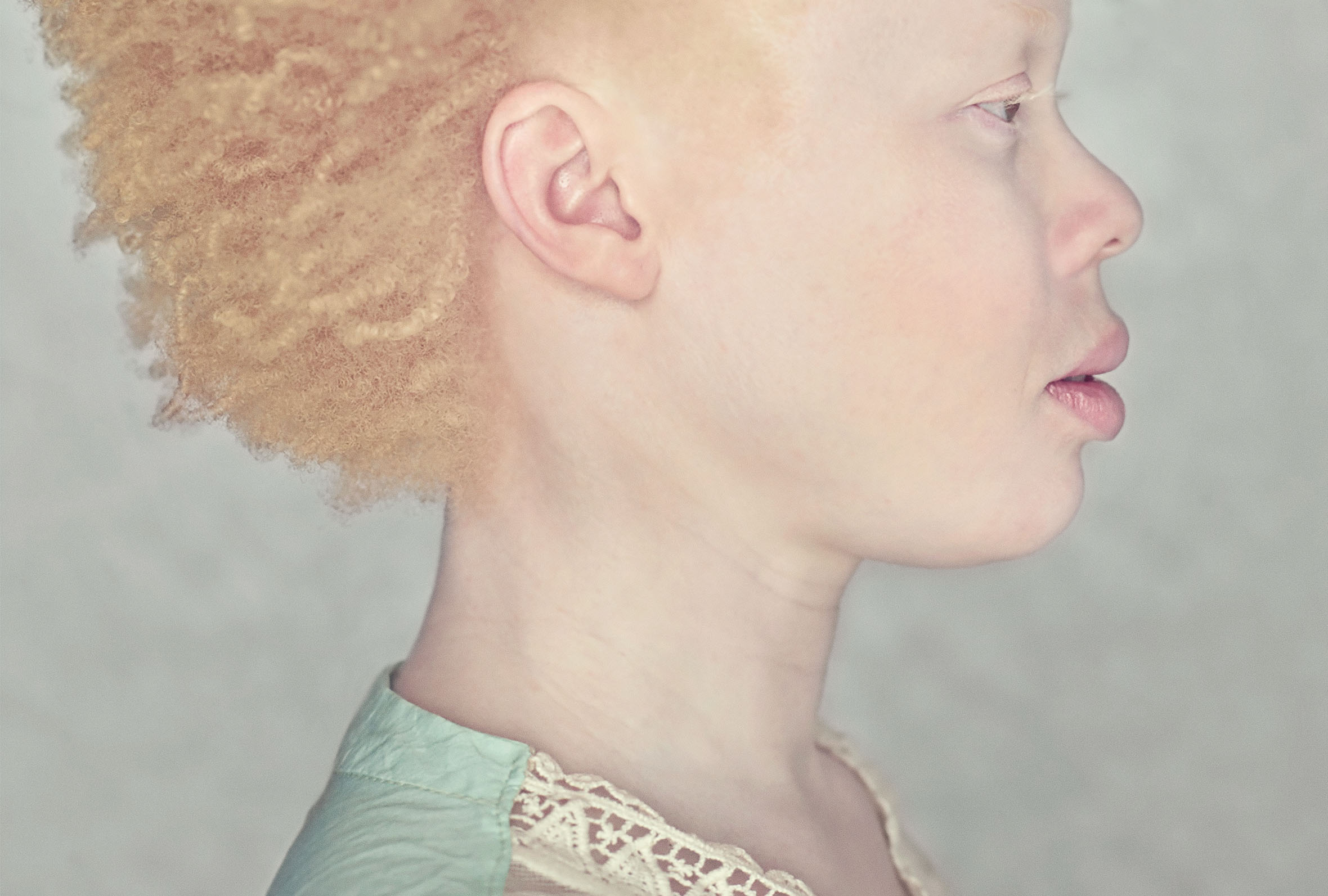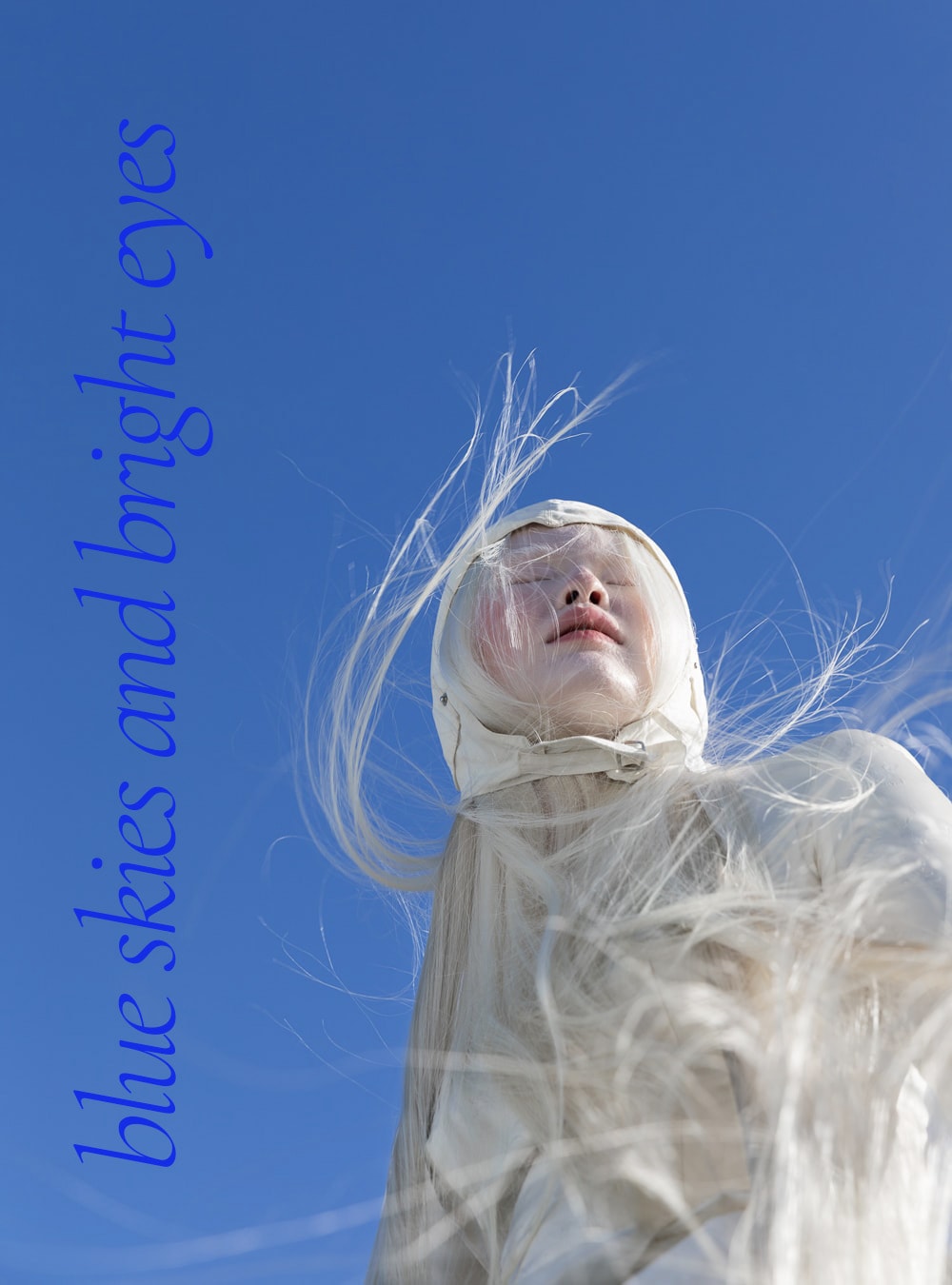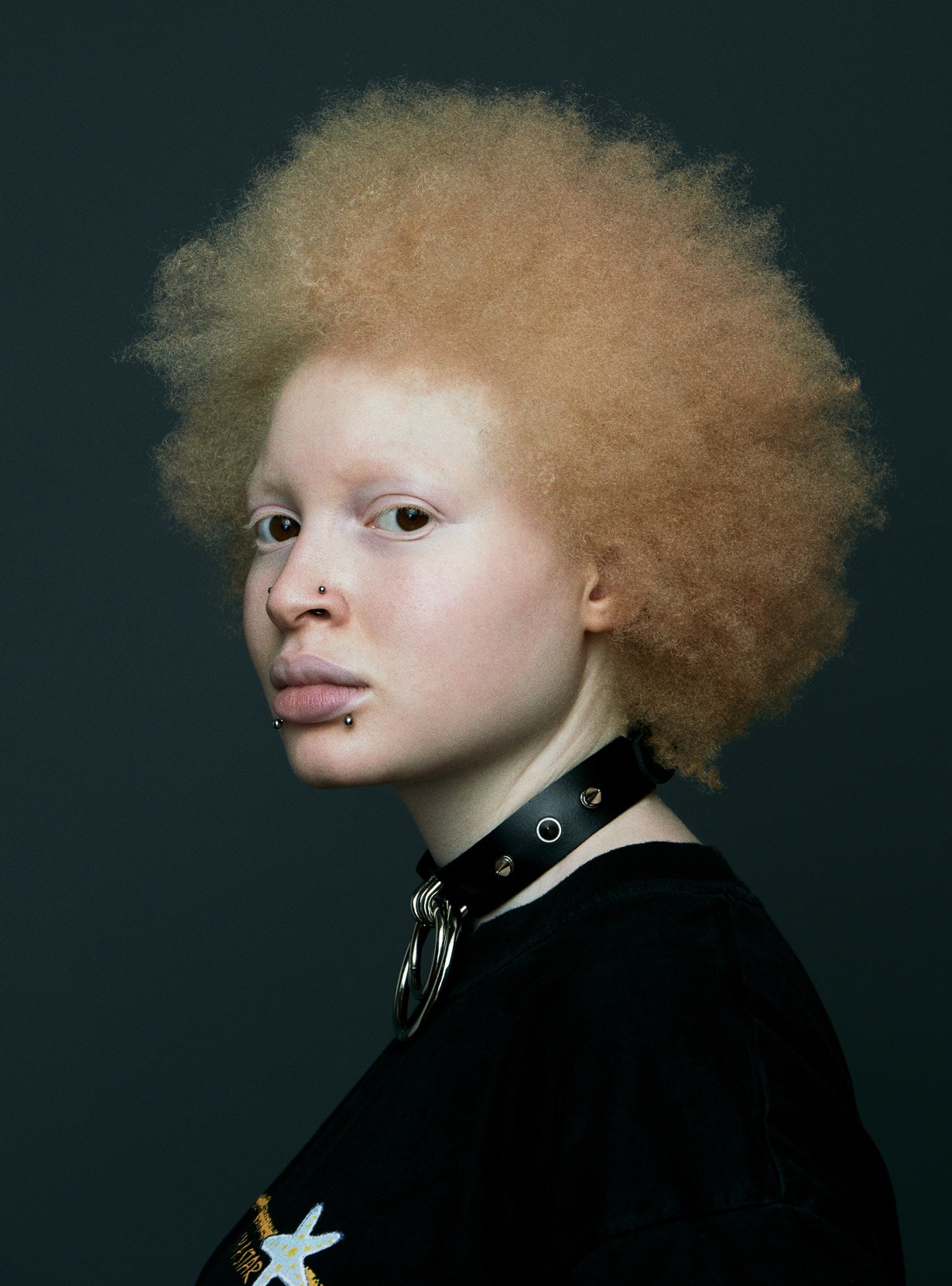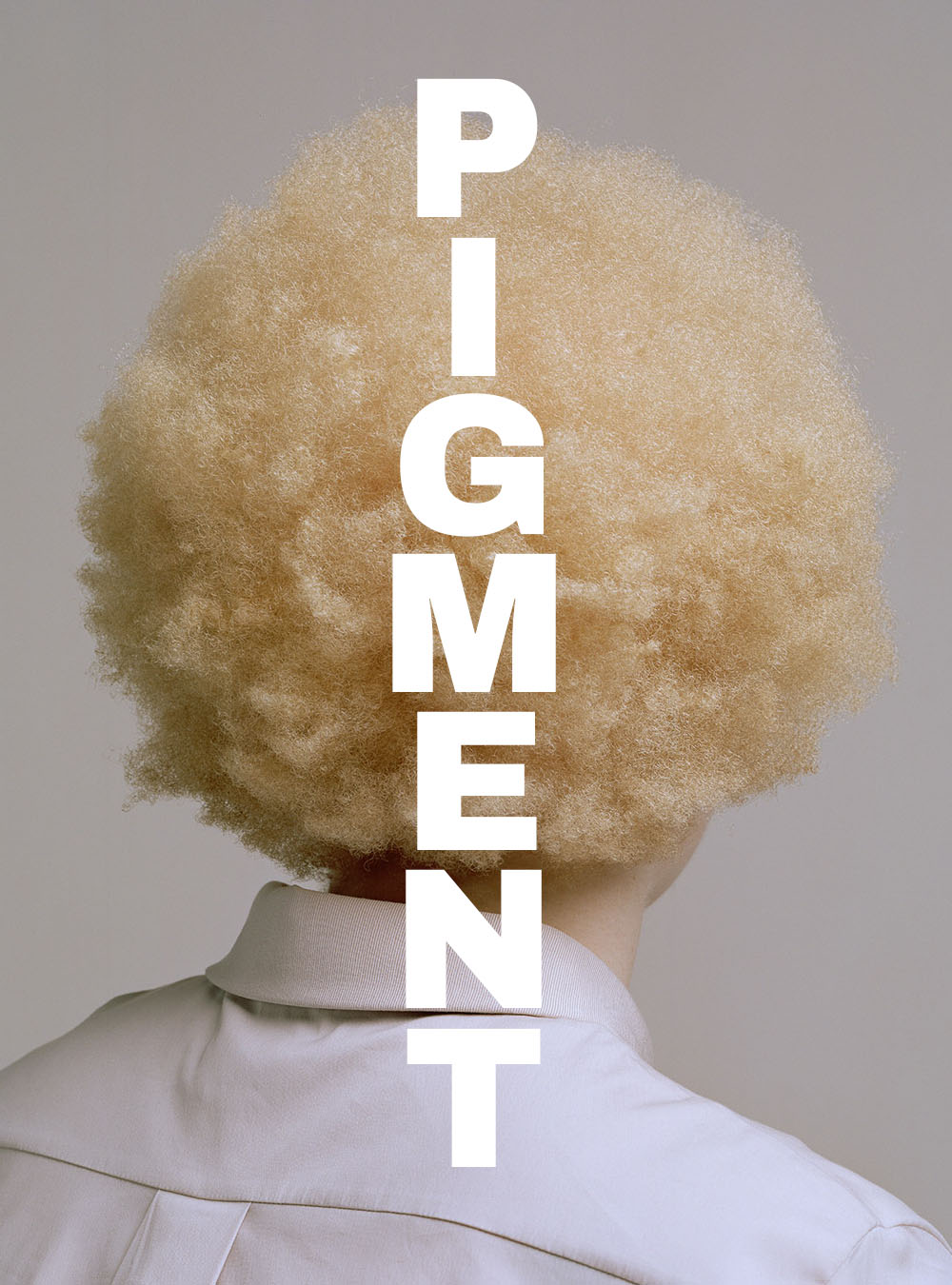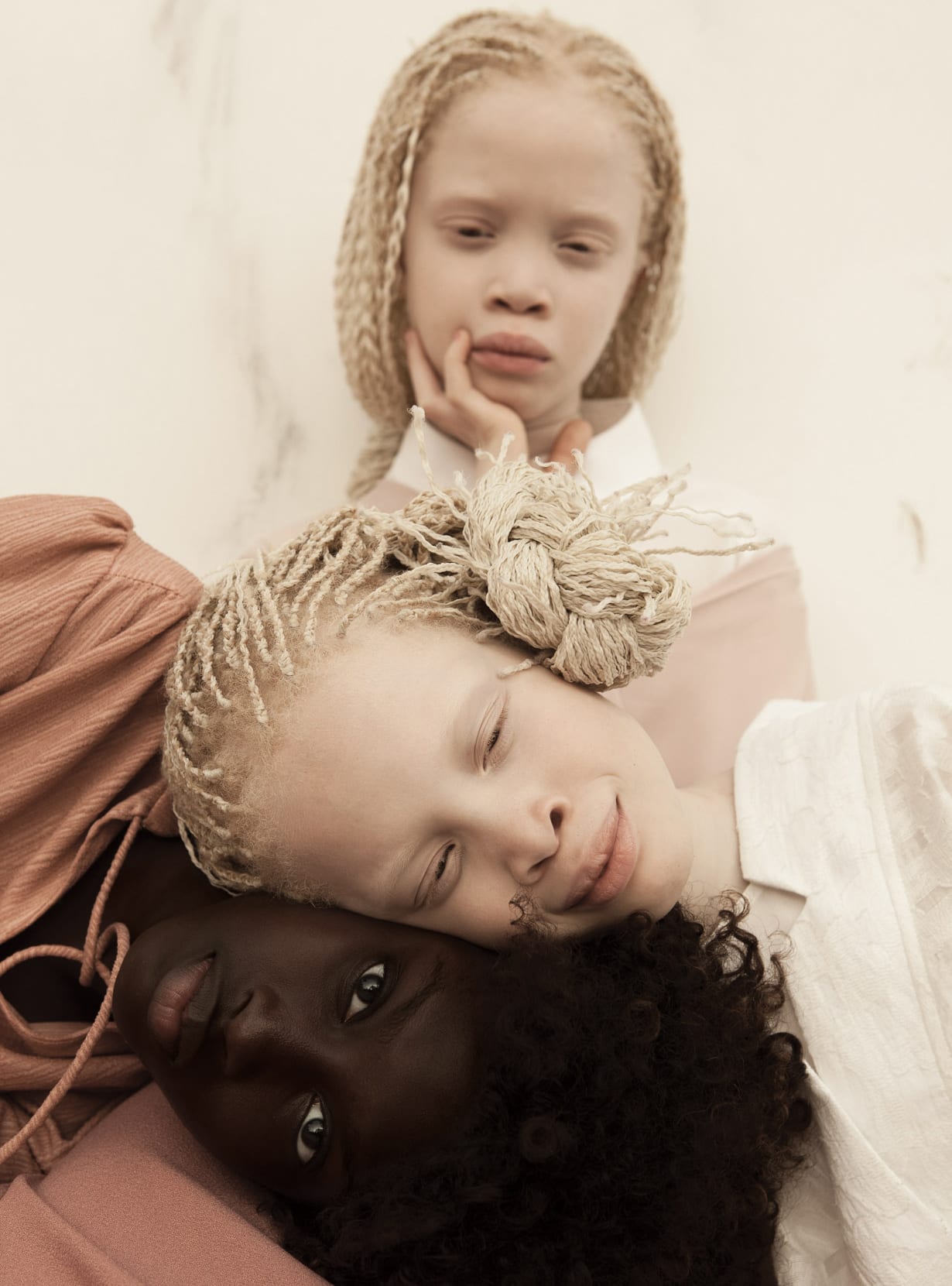ART + CULTURE: This ethereal photoseries by Gustavo Lacerda celebrates those who, over the course of history, have frequently been ostracised from society on account of their pale skin and hair
Images: Gustavo Lacerda
Interview: Emma de Clercq
Albinos is a photoseries by Brazilian photographer Gustavo Lacerda, shot in his Sao Paulo studio over a five year period. The subjects of the series are posed against soft pastel backdrops, and this delicate colour palette, coupled with gently diffused light, seems to envelop rather than displace each subject, complementing the delicate physical traits that make them so unique. The effect is muted and gives each image an almost ethereal quality. We spoke to Lacerda about the inspiration behind this extraordinary series.
"It just shows how relative beauty can be, and our ideas about what we think is or isn't beautiful”
What inspired you to start this project? I was inspired by these beautiful people and wanted to make them the protagonists. Their photophobia is due to the absence of melanin, and this causes them to literally live in the shadows. Seeing as photography is basically light, I thought it would be interesting to invite them into my studio and photograph them under ambient light.
How did you find the subjects to feature in the series? In most cases they refused upon first contact. However, slowly a few people began to accept and enjoyed the experience, so they invited relatives or friends to participate. The project started growing very organically. During my second year photographing the subjects, the series was published and people began to contact me to ask if I could photograph them or their family.
Is there any significance to your choice of colour and light in the images? The shyness and singular beauty of people with albinism has always captured my attention. I wanted to photograph them to capture and highlight their unique features. The set up of these pictures, their clothes, the way they pose for the portrait, the backdrops decorated with delicate motifs, and the light glittering in their skin, are not used to criticise albinos for being different, but to create a dialogue about the unique beauty flowing from them.
- ANTHROPOLOGY OF HAIR
- ANTHROPOLOGY OF HAIR
- ANTHROPOLOGY OF HAIR
- ANTHROPOLOGY OF HAIR
- ANTHROPOLOGY OF HAIR

